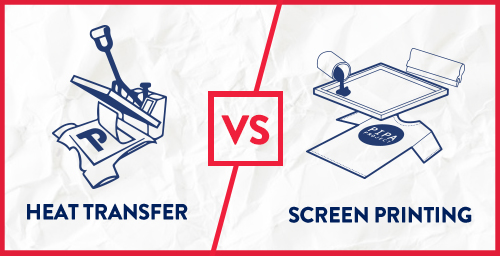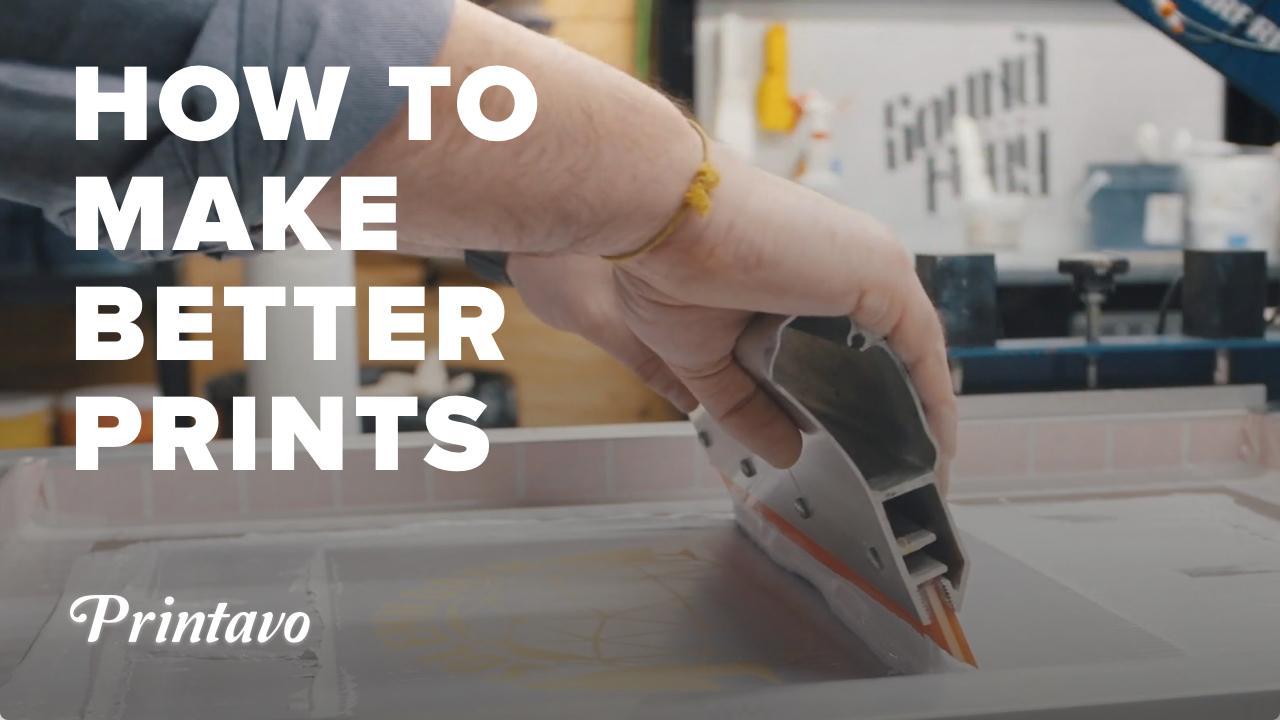The 9-Second Trick For Tx Tees
The 9-Second Trick For Tx Tees
Blog Article
All About Tx Tees
Table of ContentsSome Known Questions About Tx Tees.Tx Tees - An OverviewFascination About Tx TeesGetting My Tx Tees To WorkAn Unbiased View of Tx TeesTx Tees for DummiesA Biased View of Tx Tees
That brings your total to roughly $1,900 prior to tax obligation and delivery. Accumulate various other expenses, like the number of utilities it takes to run the shop and the price of ink and emulsion per design. embroidery shop. Take the print below. This is a one-color picture, so the cost of ink per shirt is approximately 20 cents.The solution ought to just be a couple of cents since you 'd just need to layer one display for this job. Just how much should you bill per shirt to make a revenue? Generally, printers try to make up to 45% earnings on a print job. Here's a table to help you determine that: overall expense per product percent of desired revenue as a decimal (instance:.25 or.45) earnings made per thing per task Currently allowed's talk about the earnings of DTF.

With DTF, you can print a handful of shirts, or simply one. Both display printing and DTF have their particular niches in the world.
The 2-Minute Rule for Tx Tees
The ideal way to recognize? Ask around and see what printing shop like your own are doing. custom monograming. Try both out and see which you like much better
When you're choosing what kind of printing approach to utilize for publishing your artwork layouts on your garments, it is very important that you know the differences in between these 2 techniques so you can maximize results while reducing prices. Display printing is one of the most generally utilized method for publishing styles on textiles.
DTG printing is additionally known as area or direct to garment printing since it publishes just what is required as opposed to making a display as display printers do. https://www.intensedebate.com/profiles/russellcostello79602. Screen printing functions by screen filler squeegee display printing ink display mesh screen, after that transferring the image to garment using warmth and/or pressure
The DTG printer makes use of special dye-sublimation inks that are applied right into a pre-designed picture by an electronic printing system. The inks enter into the fabric, enabling lively colors and phenomenal information. It's likewise recognized as place or direct to garment printing because it publishes only what is required as opposed to making a screen as screen printers do.
The Buzz on Tx Tees
First, it's much faster - you can publish a fullcolor photo in minutes, in contrast to hours for display printing. Second, there's no established up time or prices entailed - you can print any type of style you like, without having to produce a display. Third, there's no waste - because display printers screen print one style each time, they need to screen each color individually.
The paper is really expensive and can only be used once. Once it's published on, it has to be disposed of. - The first acquisition cost is lower than the ahead of time financial investment of DTG printers- You can publish multi-color styles one screen each time rather than having to print each shade independently like DTG printing.

Rumored Buzz on Tx Tees
Rather of making use of screen mesh as screen printers do, dye sublimation printers utilize laser modern technology to move your images onto garments or paper. A warmth process moves the color from its solid-state directly into the gas phase which subsequently fuses it onto material substratums when they are rapidly heated up to high temperature levels under high pressure.
Sublimation printing is green. It uses less water than screenprinting, and due to the fact that it doesn't involve making use of hazardous solvents, it's secure for all sorts of apparel. The dye sublimation inks are likewise unsmelling when treated, unlike screen printers that utilize harmful chemicals during the screen printing procedure that leave behind an unpleasant smell.
They additionally conserve cash on pricey tools like exposure systems given that color sublimation printers do not call for a UV exposure unit or a flash cure oven that is commonly made use of in display printing (custom cap printing). What is direct to garment printing (DTG Printing)? DTG printing is a digital screenprinting process that prints directly onto fabric using specialized inkjet printers
Tx Tees Can Be Fun For Everyone
DTG printing uses numerous benefits over typical screenprinting, including the capacity to print photo high quality images, better color vibrancy, and the capacity to publish styles on darker fabrics. DTG printers function by heating up the textile ink until it becomes a gas. The gas then permeates the fabric, bonding with the fibers to develop a permanent print.

Screen printers just prepare their screen then begin printing until they run out of item or ink.- There is a vast array of knowledgeable screen printers all over the globe, which can be valuable for beginners. - It's a slower process - screen printers typically have to wait on the ink to dry before they can print the following color- Screen printers call for manual labor, so there's a greater learning why not look here curve and it takes longer to generate a top quality design- Display printing isn't as precise as DTG printing, so you might get some "bleeding" of shades from one part of the image onto another if not done properly.
The 8-Minute Rule for Tx Tees
Instead of making use of screen mesh as screen printers do, dye sublimation printers make use of laser innovation to transfer your images onto garments or paper. A heat procedure transfers the color from its solid-state directly right into the gas stage which in turn integrates it onto fabric substrates when they are swiftly heated to heats under high pressure.
Sublimation printing is eco-friendly. It makes use of much less water than screenprinting, and since it does not involve making use of hazardous solvents, it's risk-free for all kinds of clothing. The color sublimation inks are also unsmelling when cured, unlike screen printers that utilize unsafe chemicals during the display printing procedure that leave behind an unpleasant odor.
They additionally save money on expensive tools like exposure units since dye sublimation printers don't need a UV direct exposure unit or a flash treatment stove that is normally made use of in display printing. What is straight to garment printing (DTG Printing)? DTG printing is an electronic screenprinting procedure that publishes straight onto fabric utilizing specialized inkjet printers.
Fascination About Tx Tees
DTG printing provides numerous benefits over conventional screenprinting, including the ability to publish photo high quality pictures, higher color vibrancy, and the ability to publish styles on darker materials. DTG printers work by heating the fabric ink till it becomes a gas. The gas then permeates the textile, bonding with the fibers to produce a long-term print.
Report this page